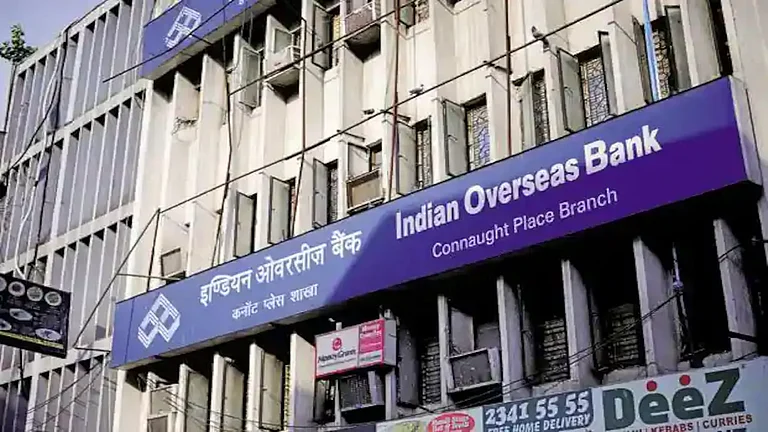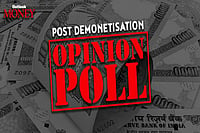
GDP rebounds to 6.3% in the second quarter
GDP rebounds to 6.3% in the second quarter
In what is being billed as a sign of revival in the economy, India's Gross Domestic Product (GDP) growth (year-on-year) touched the widely-expected 6.3 per cent mark in the July-September 2017 quarter. It had touched a low of 5.7 per cent in the previous quarter, giving rise to concerns over the state of the economy.
This marks a reversal in the declining trend over the last few quarters, possibly bringing cheer to the bourses that did not have a great run on Thursday due to concerns over fiscal deficit.
"The pick-up signals fading impact of demonetisation and destocking that preluded the implementation of the Goods and Services Tax (GST)," Crisil said in a note. The rating agency foresees growth picking up to 7.6% in the second half of FY18, partly due to last fiscal's low-base effect.
Economic activities that posted over 6 per cent Y-o-Y growth include manufacturing, electricity, gas, water supply, trade, hotels and so on. Agriculture grew at 1.7 per cent, while financial services and real estate notched up a 5.7 per cent growth. Defence services saw a growth of 6 per cent.
Industry-watchers had anticipated some bounce back in the September quarter due to the gradual dilution of adverse implications of disruptive events like demonetisation and GST implementation.
Consulting major PwC noted that slow down in the services sector barring some segments persists. "The possible causes could be the larger working capital requirements faced by services sector (especially export oriented ones) and teething process issues post GST implemention," said Ranen Banerjee, Partner - Public Finance and Economics, PwC India. He, however, expects further growth momentum in Q3 GDP numbers on the back of lowering of rates on several goods and also further simplication of processes under GST regime. "We will need to wait for Q3 and Q4 GDP numbers to be able to comment on this more conclusively," he said.
Crisil too adopted a cautious tone for its forecast for subsequent quarters. "GST implementation glitches, on-going changes in the GST structure, and a possible cut in capex due to rising fiscal stress may limit upside in the subsequent quarters," noted the rating agency.
Published At:
MOST POPULAR
WATCH
MORE FROM THE AUTHOR
×





























